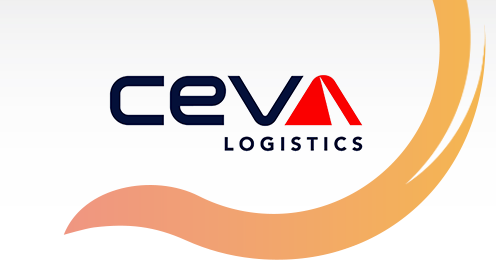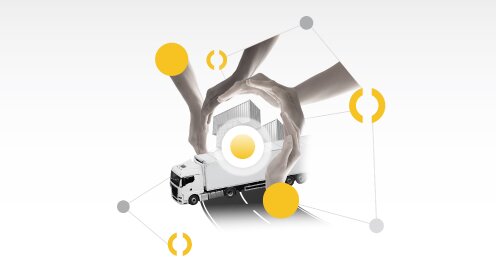Supply chains still rely on people power, but that doesn't mean people should do all the heavy lifting. Automation has been revolutionising industries and manufacturing plants for years, boosting productivity and business growth. Supply chain and logistics have also started using automation to improve processes and operations, albeit at a slower pace.
Transportation management can be time and labour intensive, but when run by qualified people using the right technology, your team’s manual work can be automated. This frees them up to focus on more strategic tasks and ensure your transport operations support your business growth.
It's time to work smarter, not harder
The third and final episode of our Transport Operations Showcase Series focused on the role of platform automation in moving and managing transports across all modes and flows, driven by visibility data. Led by Jean-Yves Lemelle, Product Manager at our Transport Execution Tribe, this session focused on how intelligent data-driven workflows can automate the whole transport execution and monitoring process, leading to 50% less manual work and 40% savings on extra charges.
The third and final episode of our Transport Operations Showcase Series focused on how platform automation can help move and manage transports across all modes and flows, empowered by visibility data.
Data modeling is critical
Automating your logistics operations through Transport Operations is pivotal for establishing smart, data-driven workflows that effectively automate your transportation processes. Data modeling is pivotal in this process, enabling seamless integration with an ERP order. It accurately transforms this data into a practical road transport, that is automatically executed by the platform based on configured transportation logic and rules within the workflows.
Based on the order structure, there are three main scenarios in data modeling to implement platform-automated workflows:
Scenario 1: Simple
This model is very straightforward and focuses mainly on the full truckload business model. In this scenario, one delivery, which we call a material order, is requested by the shipper to be collected by the carrier in one shipment, which we call a transport order.
Scenario 2: Consolidated
This model is a bit more complicated, as you might have multiple material orders (deliveries) that are requested to be collected at the same warehouse by the carrier and handled into one single transport order (shipment), which is delivered to your customer or selling point.
Scenario 3: Split

This model is especially relevant for Ocean flows, but can also be observed with road and air transports. In this case, one material order (delivery) request is split into multiple transport orders (shipments), which can be assigned to one or multiple carriers, supporting network movements with hubs and multi-leg transports.
Besides the three scenarios mentioned above, other data models are also supported by the platform. What really matters is that they can all be automated.




